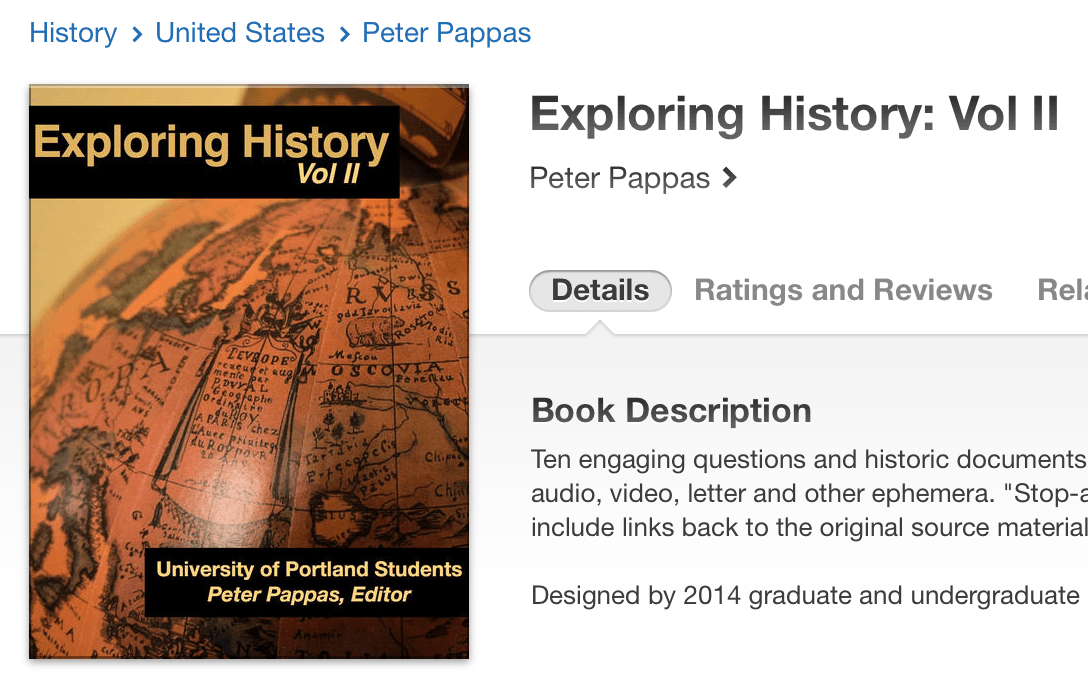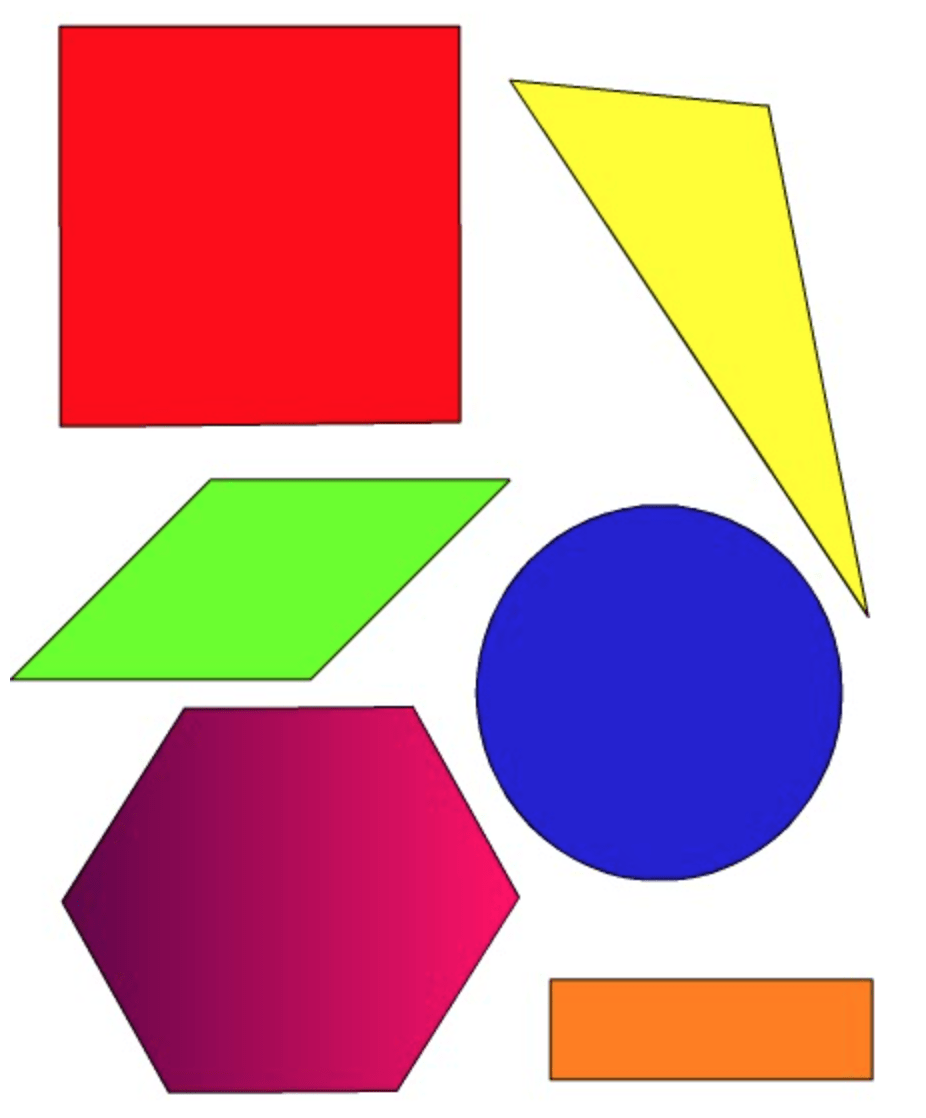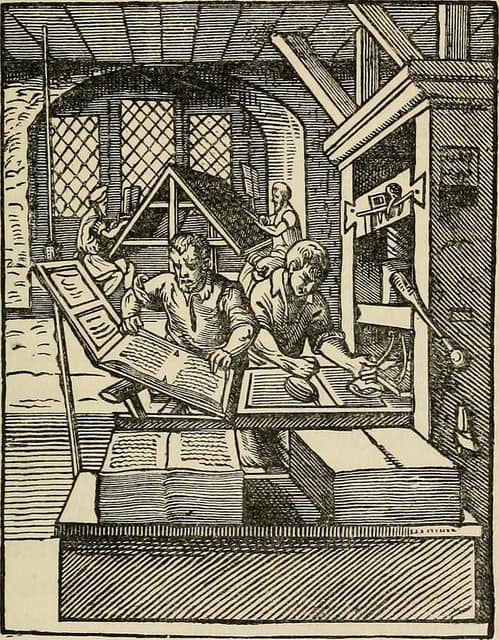
This is the final activity in our DBQ design project. It began with exploring historic thinking skills and ends with students designing their own DBQs for inclusion in a class published iBook.
During the last few classes we have had 45 min sessions in the Mac lab (only a few students have their own Macs with iBooks Author). Students have arrived with their prewritten text, source material, images and YouTube video links. They used a total of about 2 hours of lab time to complete rough drafts their chapters. They shared their chapter files with me and following class, I compiled their chapters into a single iBook. Link to a PDF version 27MB pdf.
I’ve arranged to have the iBooks draft file loaded on to iPads for the students to use. In Class 14 we will proof and peer review our chapters and take one last trip to the Mac lab to use iBooks Author to do a final version. After the final edits, I’ll upload to iTunes. Net result – a student publication in just a few hours of lab time (with all research and writing done in advance)
Update Exploring History: Vol II is now available free at iTunes




